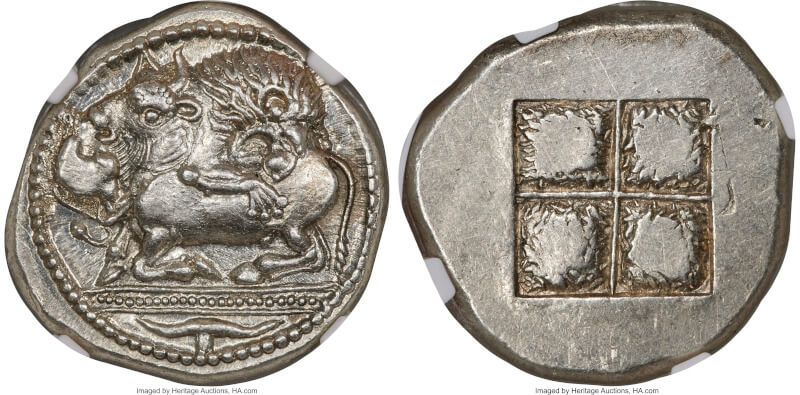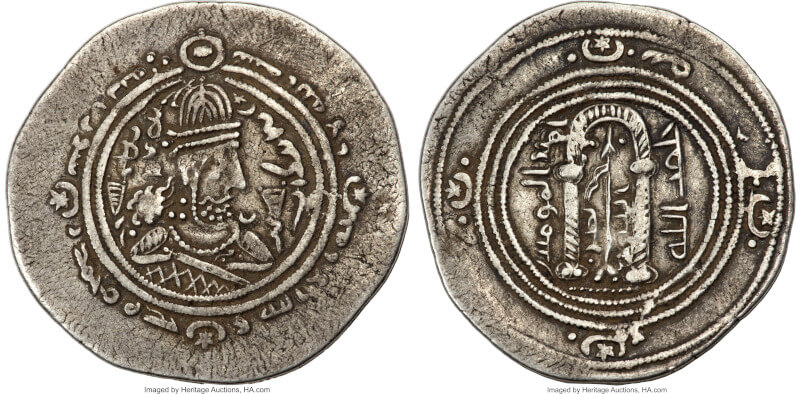Obolos 32 – The Childeric Collection of Merovingian Coinage is Online
Nomos AG
Obolos 32
Coins
30 June 2024
Online
Only a few days ago, the collection of Archaic and Classical Greek Coins amassed by Jonathan Kagan was sold very successfully in the Auction Nomos 33 in Zurich. Now Nomos is back with yet another outstanding single-owner sale: The Childeric Collection of Merovingian Coinage!
It appears as the online auction obolos 32, which is live and online on the webpage now and will be closing on Sunday June 30th, starting at 14:00 CEST. It contains 158 gold and silver coins: most are Merovingian, but there are also a handful of contemporary Pseudo-Imperial issues and Anglo-Saxon sceats.
This beautiful and important collection was built up over a period of some 20 years by a dedicated and sophisticated scholar (who prefers to remain anonymous).
The Merovingian dynasty ruled large parts of modern France from the mid 5th to the mid 8th century, when the last king, Childeric III, was forced to abdicate by the Carolingian Pepin and retired to a monastery. Central control was weak and many towns, cities, counts and bishops minted their own coins, leading to an extremely heterogeneous numismatic heritage with many extremely rare – often even unique – issues!

Lot 111: Merovingians, Haute-Garonne. Saint-Bertrand-de-Comminges. Circa 560-585. Triens. Nonnitus, moneyer. An outstanding specimen! Minute marks, otherwise, good extremely fine. Starting Price: 2,000 CHF.
Lot 111 (Starting Price: 2000 CHF): Western European coins from the Early Middle do not get much better than this. Just note the artfully stylized diademed bust on the obverse of this outstanding specimen of a gold triens, minted circa 560-585 at Saint-Bertrand-de-Comminges in the Haute-Garonne region of France.

Lot 49: Merovingians, Maine-et-Loire. Angers. Circa 620-640. Triens. Sedulfus, moneyer. Exceptionally well struck obverse and fresh lustre! Extremely fine. Starting Price: 2,000 CHF.
Lot 49 (Starting Price: 2000 CHF): Yet another great coin with impressive bust! This gold triens comes from Angers in the Maine-et-Loire region and dates to circa 620-640. Contrary to the bust on the previous lot, the diadem is nearly absent here (but note to the two leaves over his forehead). Also, take a moment to appreciate the delicate fabric of his tunic!

Lot 14: Merovingians, Oise. Senlis. Bishopric. Circa 750-800. Denier. Adelbertus, bishop. Apparently unpublished in the standard references. Extremely rare, and possibly unique. Toned. About extremely fine. Starting Price: 500 CHF.
Lot 14 (Starting Price: 500 CHF): Towards the end of the 7th century, the silver denier superseded the golden triens as the main denomination in Merovingian lands, as it did elsewhere in the West. What makes this denier, minted circa 750-800 at Senlis in Picardie in northern France so special, is the obvious reference to the obscure bishop Adelbertus of Senlis, about whom little is known, on the reverse! From documents, we can gather that he held office in the 2nd half of the 8th century, but as far as we know, this is the only coin directly referring to him!
















